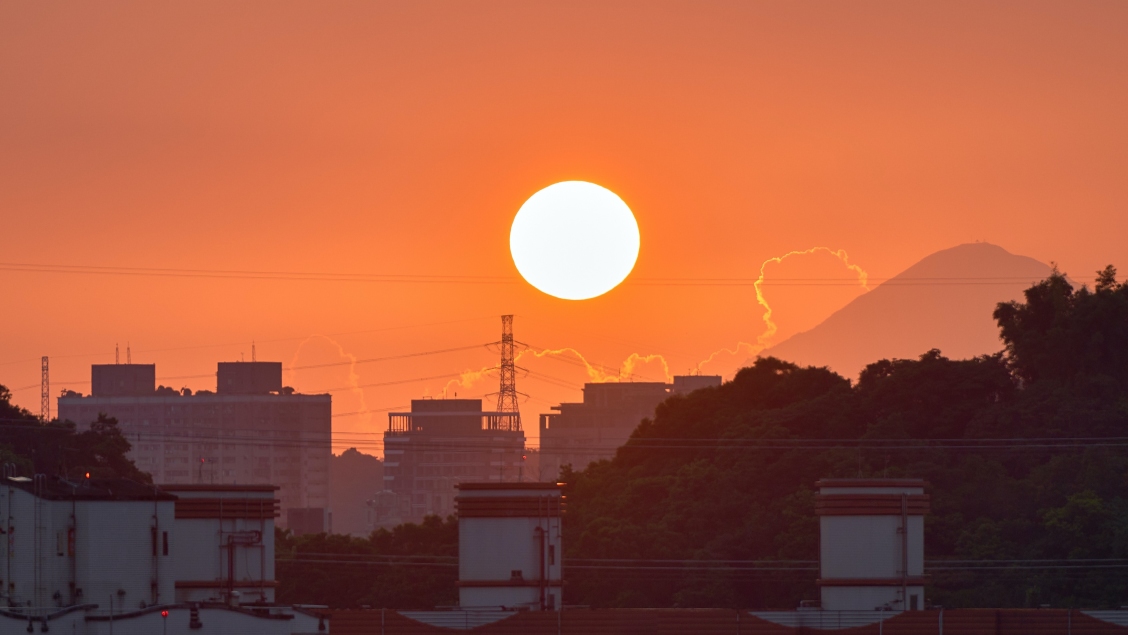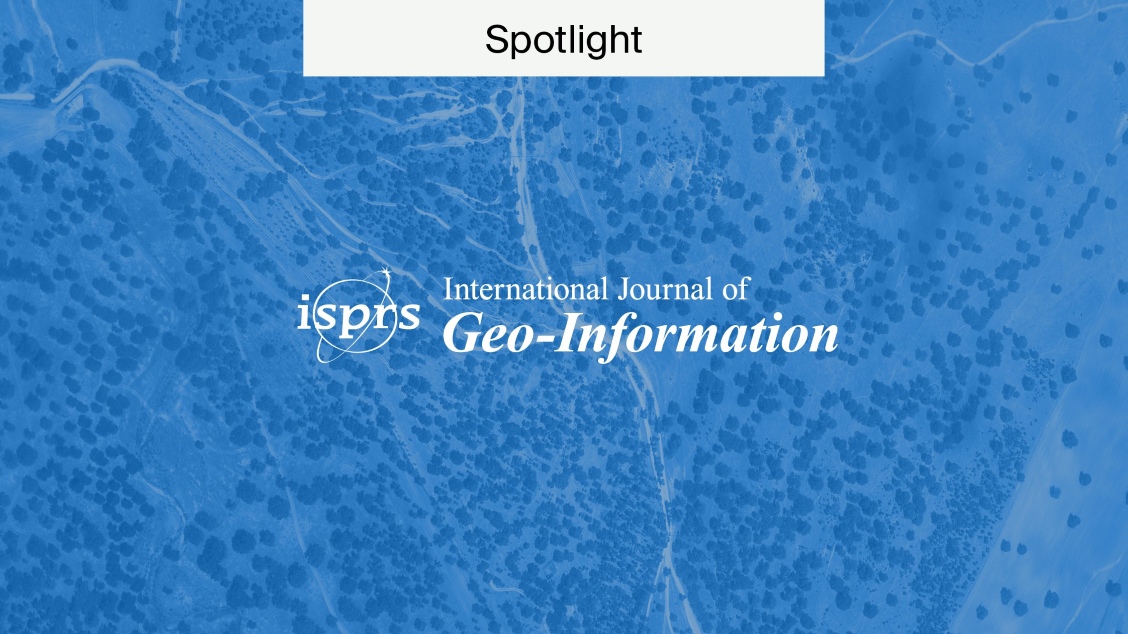
How Heatwaves Work and Why We’re Expecting More
Heatwaves put intense stress on individuals, communities, and countries at large. They are going to increase and intensify through the century, which has already experienced some of the worst in recorded history.
There is no standardised definition of a heatwave. The IPCC loosely defines heatwaves as “a period of abnormally hot weather, often defined with reference to a relative temperature threshold, lasting from two days to months”.
Because of natural variability between climates, countries often have their own standards. The India Meteorological Department defines heatwaves as temperatures increasing by at least 5‒6 °C above the normal temperature. The US National Weather Service’s definition is less specific: “abnormally and uncomfortably hot and unusually humid weather” that spans two or more days.
What links these definitions is a break in the pattern, i.e., temperatures rising above the norm. But what causes this break?
Anatomy of heatwaves
Given how varied definitions of heatwaves are, it’s worth looking at the meteorology behind them to understand how they form.
In summer, the hemisphere is tilted towards the sun, which increases the length and warmth of days. Solar radiation gradually builds up and increases the heat through the summer.
Heatwaves are caused by anticyclones forming—these are systems where high atmospheric pressure builds up above an area due to circulating winds. Summer weather patterns are slower to change, and the pressure in anticyclones can force other weather systems to change course. This means anticyclones can remain above an area and increase in intensity.
Increasing heat
As pressure builds, the air compresses and sinks through the atmosphere, and “for every 100 metres the air is pushed downward, the temperature increases by 1°C”. The sinking air acts as a “heat dome”, which traps the latent heat, pushes out cooler, faster-moving air, and prevents clouds forming. This traps the air that would otherwise rise and cool, meaning heat continually builds, the sunlight is unobstructed, and the chance of precipitation is reduced.
They tend to last around 5 days, as the high-pressure system begins to weaken and allow cooler air and precipitation in. As mentioned, the frequency and intensity of heatwaves has increased, but how do we know this?
Climate attribution research
Attribution science tests “whether—and by how much—climate change may be responsible for certain extreme weather events”. This often involves juxtaposing the real statistics with a simulation of how the climate would have developed if human-induced greenhouse gas emissions hadn’t impacted it.
It’s hard to determine whether human-induced climate change caused a heatwave, but estimating how much it increased the likelihood of a heatwave happening is possible. Here’s an example:
European heatwave of 2003
The hottest ever recorded summer in central and western Europe occurred in 2003, with average temperatures being as much as 5 °C higher than usual. The event illustrated the dangers of rising temperatures and has been described as one of the deadliest natural disasters in Europe in the last century.
The anticyclone causing the heatwave lingered, preventing precipitation and leading to rising temperatures. The heatwave began in June and continued to mid-August, with temperatures soaring to 20‒30% above average. As a result, up to 70,000 people died. France alone had a 37% rise in the death rate in August, with temperatures being over 37 °C for more than a week. Alpine glaciers shrank, forest fires spread, and harvests were severely impacted.
Increasing the odds
Attribution studies estimate that it is “very likely … that human influence has at least doubled the risk” of a heatwave of this magnitude. Similarly, India and Pakistan’s record temperatures in May 2022 were made 30 times more likely by global warming.
Furthermore, ocean heatwaves “have approximately doubled in frequency” since the 1980s. See our article “Coral Reefs in a Warming Ocean” to read about how an MDPI researcher proposes we save coral reefs from such heatwaves.
Climate change
Attribution studies stress the important connection between our effects on the planet and how it affects us in turn.
Simply put, greenhouses gas emissions are causing more heat energy to be trapped in the atmosphere, raising average temperatures, and thus raising extreme temperatures during heatwaves.
Our warming planet
The 2021 IPCC report states that it is “virtually certain that hot extremes (including heatwaves) have become more frequent and more intense across most land regions since the 1950s”. Interestingly, the report also highlights that cold extremes “have become less frequent and less extreme”.
Earth is getting hotter, and the environments we are creating for ourselves are amplifying this effect.
Urban heat island effect
In 2009, “the number of inhabitants of urban areas outnumbered those of rural areas”.
In urban areas, especially cities, ambient temperatures are often higher than in suburban and rural areas. This phenomenon is known as the “urban heat island effect”. This is caused by the replacement of natural elements with artificial heat-absorbing features, like concrete and asphalt. These have high solar absorption, high heat capacities, and relatively low albedos, which refers to the amount of light or radiation that is reflected by a surface.
Generating and absorbing heat
Moreover, human activities like traffic, industry, and powering buildings generate heat. This is furthered by the vertical design of cities, which can trap and reflect radiation in canyons and reduce ventilation. These factors combine and can compound the temperature increase in urban areas, especially when natural surfaces are lacking.
Because the aforementioned man-made materials absorb radiation, heat is slowly released through the night in urban environments. Cities can be as much as 12 °C hotter at night than rural areas. Having no break at night from the heat can drastically intensify heat stress.
How heatwaves affect the body
Heat stress refers to when the body cannot cool itself effectively. In mild cases, this can cause exhaustion and nausea. In severe cases, this can affect multiple organs, such as the heart, lungs, renal system, and central nervous system.
Heatstroke refers to when a person does not sweat enough to lower their body temperature. This occurs in long cases of extreme sun exposure and from dehydration. Seek immediate medical attention if you think you are experiencing this.
Take care of yourself
Here are some tips on how to protect yourself during heatwaves:
- Pay attention to weather forecasts and warnings.
- Prepare for heatwaves: adjust your plans, build up time outside gradually, and avoid peak heat.
- Know the signs of heat exhaustion and heatstroke.
- Keep hydrated and always have extra water on you.
- Close window shades and blinds so sunlight doesn’t enter, and place fans near open windows to encourage airflow.
- Avoid using large appliances like ovens and washing machines.
- Apply ice packs and have cool baths.
- Wear sun protection.
Our warming world
Climate change is altering the conditions of our living environments. It’s important to be aware of how we can prepare for the shocks this will inevitably lead to.
If you are interested in learning about how plastic pollution is affecting the climate, see our article “Plastic Pollution Needs Addressing”. Or, if you’re interested in how MDPI researchers are harnessing technology to predict wildfires, read “Predicting Wildfires: Protecting Forests, Wildlife and Infrastructure for the Future”.
If a heatwave is approaching, remember to plan accordingly, always stay hydrated, and take steps to maintain your temperature.










